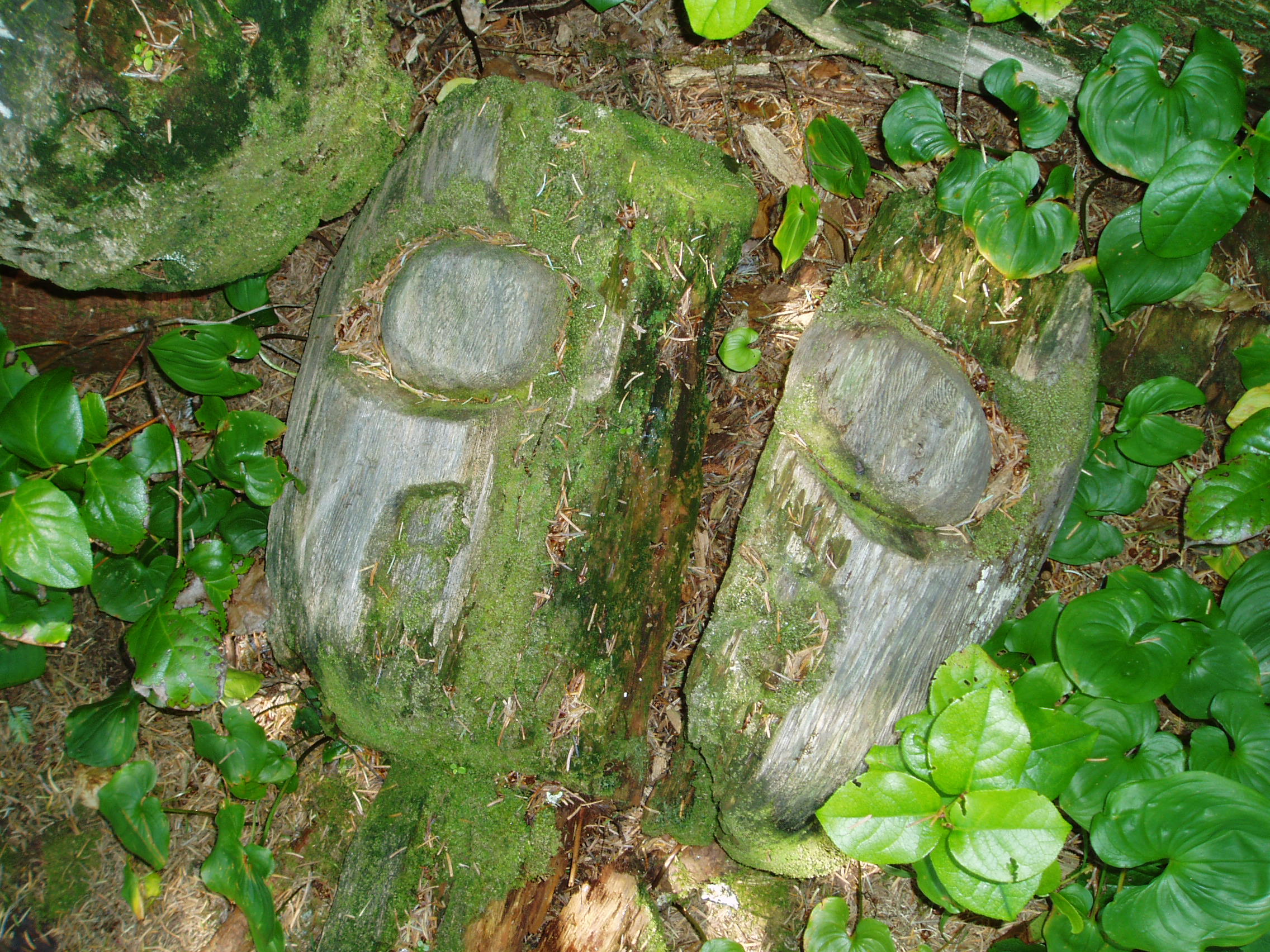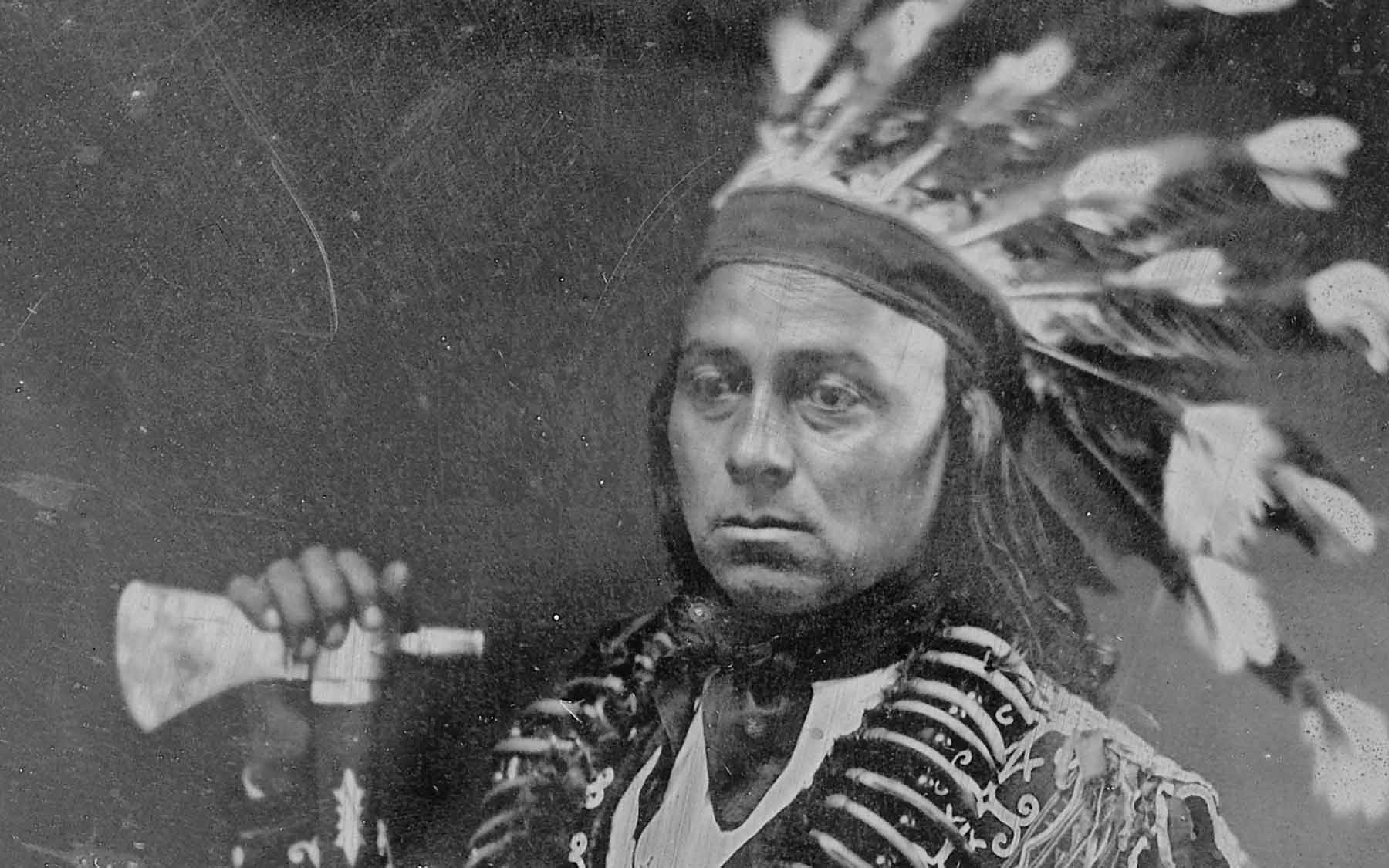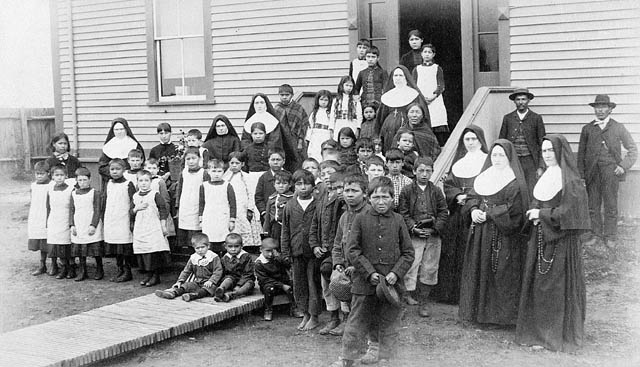Article
Chester William New
Chester William New, university teacher, historian, biographer (b at Montréal 9 Oct 1882; d at Hamilton, Ont 31 Aug 1960). Raised and educated in Hamilton, New was a graduate of the University of Toronto and McMaster University.












